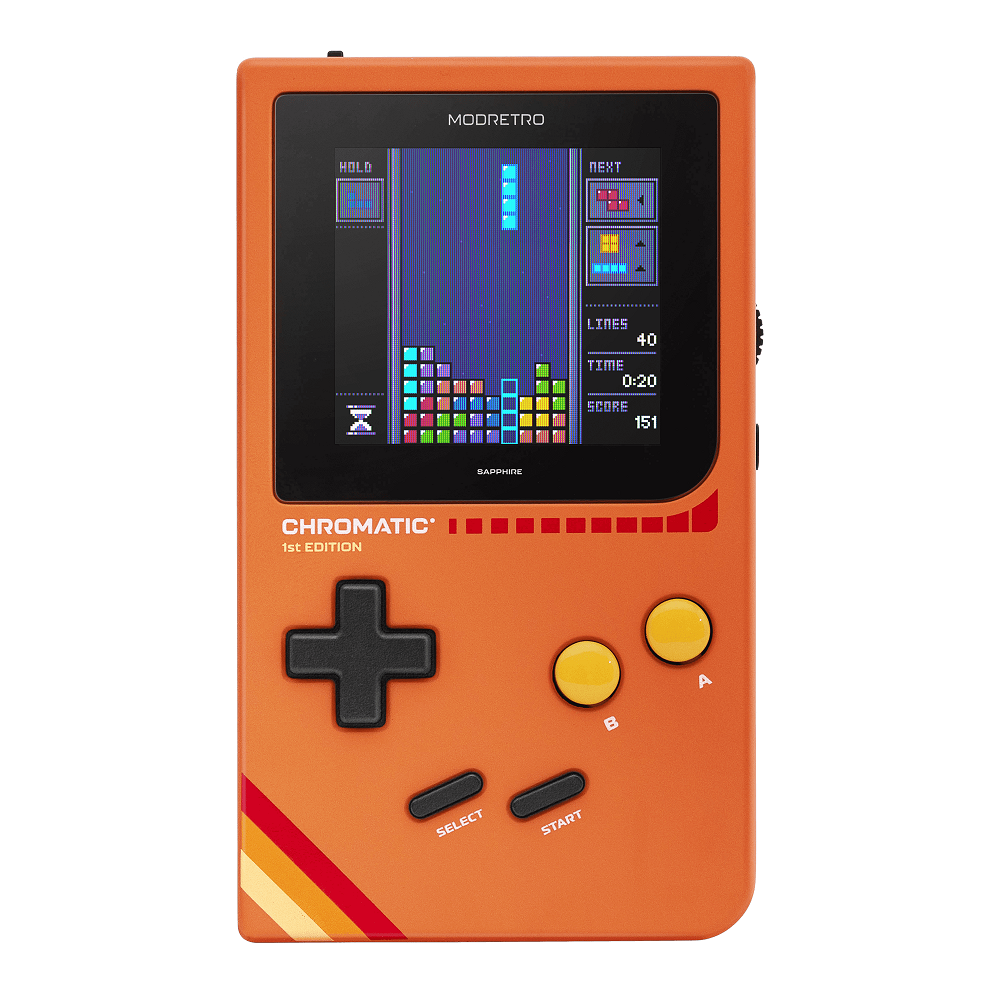The world of video games has taken massive strides since the inception of the first game consoles. That evolving journey started in the early 1970s. The landscape of entertainment has shifted significantly since then, but it all began with one groundbreaking device. This article explores the life and legacy of the first game consoles, highlighting its features, impact, and the broader implications for the gaming industry.
Early Innovations in Gaming
The Landscape Before Consoles
Before the first game consoles, video games existed mainly in arcades. They were costly to play and required specialized hardware. Machines like “Pong” by Atari debuted in 1972 and drew crowds. They allowed for quick play sessions but did not provide the convenience of home gaming. People had to go out to play. Children and adults enjoyed themselves at local arcades, but few could experience games at home.
Game developers began to see the potential for home gaming. They understood that playing a game in the comfort of one’s own home could reach millions of people. However, it wasn’t until the late 1960s and early 1970s that innovators began making waves in the home gaming sector.
Enter the Magnavox Odyssey. Released in 1972, it stood as the first home video game console. Relying on innovative technology of its time, it was a game-changer. The Odyssey used simple graphics that lacked color, but the experience was novel. Players could engage with games without leaving their homes.
The console came packaged with a selection of games, each requiring physical overlays for the screens. These overlays adhered to the television screen to create a more colorful gaming environment. This feature showcased the ingenuity of the creators.
A pivotal moment came when the Odyssey was publicly displayed. Initial skepticism dwindled as gamers recognized the potential for home entertainment. They experienced gameplay that felt interactive for the first time in their living rooms.
The Impact of the Odyssey on Market
The public reception of the Magnavox Odyssey was vital. It sold over 350,000 units within its lifespan. This may seem modest today but was significant back then. It paved the way for more advanced consoles. Manufacturers curiously watched the Odyssey’s early success.
Other companies began to see a gap in the market. They recognized the potential growth in home gaming. Soon, other gaming consoles followed, each seeking to improve upon what the Odyssey offered. For instance, the Home Pong console arrived, allowing players to engage with similar games. The growth in the home gaming market was not an isolated event; it blossomed into a competitive industry.
The Technical Aspects of the Odyssey
Hardware Design
The Magnavox Odyssey relied on simple hardware. It didn’t have a powerful CPU by today’s standards. Instead, it used a combination of discrete transistors and analog circuitry. While the technology may seem archaic now, it was revolutionary at the time.
The console featured joysticks for control. Each controller had a simple design that provided essential functions such as moving left, right, or up and down. Notably, the Odyssey did not display complex graphics. Instead, it produced simple squares and rectangles that represented players. This simplicity allowed for easy understanding and engagement with the games.
Game Selection
The Magnavox Odyssey came equipped with twelve built-in games. These included classics such as “Tennis,” a simple version of Pong. It was a two-player game that quickly gained popularity. The other games included various sports simulations and card games, allowing players to engage in multiple genres.
Unlike modern games, Odyssey titles usually had minimal rules. This absence allowed gamers to create their own strategies and gameplay experiences. Family and friends could engage collectively, adding a social dimension often seen as lost in modern gaming.
Accessibility and Limitations
Though revolutionary, the Magnavox Odyssey had limitations. It didn’t have color graphics or sound effects. Players relied only on the overlay to enhance gameplay experience visually. Moreover, it often required the players to make their own “game pieces” and use their imagination. These limitations, while hindering its popularity, nevertheless fueled interest in home gaming.
The various limitations did not stop players from enjoying the games. The social aspect combined with simplicity gave rise to new gaming experiences. Yet, it was clear that future iterations would need to evolve the hardware components to keep players engaged.
Home Entertainment Revolution
The release of the Magnavox Odyssey marked the start of a home entertainment revolution. Families moved from passive television viewing to active gaming experiences. People began to gather around the television with excitement, emulating the arcade experience in their living rooms.
Game developers quickly recognized this cultural shift. They started creating titles aimed at attracting entire families. The idea of family-oriented games became prominent. This marked a notable departure from arcade-focused gaming.
Changing Social Interactions
The social dynamic changed fundamentally with the introduction of the Odyssey. Children and adults could share moments while playing games together. This broke down barriers between generations. Parents often played games with their children. This bonding experience created connections through shared interests.
As more families embraced gaming, communities began to buzz with discussions on game strategies. Friends shared experiences, and rivalries developed. The gaming landscape was no longer about solo play but involved collaborative and competitive elements.
Paving the Way for Future Consoles
The Odyssey laid the groundwork for future first game consoles. Companies scrutinized its impact and usage. They recognized how the home gaming market was evolving and aimed to improve on the flaws. Eventually, systems like the Atari 2600 came to dominate the market, raising the stakes further.
Manufacturers began to develop technology capable of producing more complex graphics and sounds. The transition from simple squares to more intricate designs came soon after the Odyssey’s popularity. Gamers anticipated these advancements, showing how much demand there was for home gaming experiences.
In conclusion, the OG Magnavox Odyssey started a cultural transformation that would forever change entertainment. Though limited by today’s standards, it provided the foundation for the gaming industry, demonstrating the market demand and endless possibilities for home consoles.
Cultural Impact and Recognition
The Magnavox Odyssey is often remembered as a pioneer. While other gaming consoles came and went, the Odyssey has a lasting legacy in the gaming world. It introduced the concept of home gaming. Without its influence, the modern gaming industry might look vastly different today.
Many enthusiasts still celebrate the Odyssey in gaming communities. They recognize its importance in shaping future consoles. The device serves as a reminder of how far gaming technology has come. Its existence encouraged new generations to explore innovations in the industry.
A Model for Modern Consoles
Modern consoles owe a lot to the work done with the Magnavox Odyssey. Concepts like multiplayer functionality and family-friendly games emerged from that period. Developers continue to create titles that celebrate social interaction. The principles that defined the Odyssey still resonate in today’s gaming experiences.
Even current consoles, like PlayStation and Xbox, reference that spirit of gaming shared among friends and family. Thus, the Odyssey shaped not just what gaming could be, but also what it should be.
Resurgence of Interest
In recent years, many nostalgic gamers have begun revisiting older consoles like the Odyssey. Retro gaming communities thrive, highlighting the importance of classic consoles. Many enthusiasts collect vintage game consoles and games, celebrating the legacy.
Even commercial avenues have emerged to capitalize on this nostalgia. Companies create ‘mini’ versions of classic consoles loaded with original games. This trend emphasizes how the original devices shaped the entire gaming industry.
Conclusion: The Beginning of an Era
The Magnavox Odyssey represents a watershed moment in gaming history. Although it was primitive by today’s standards, its importance cannot be overstated. The console changed how people interacted with video games and one another.
It opened a door to home entertainment that has since led to an explosion of choices for players worldwide. It also showed game developers the market potential inherent in home gaming. That sparked a wave of creativity and innovation in the industry.
As gaming continues to evolve, understanding the backbone provided by the Odyssey is paramount. The First Game Consoles may have been the first, but it was far from the last. Each new generation stands on the shoulders of giants like the Odyssey, continuing to push the boundaries of what gaming can be. The foundation it laid has fostered an incredible gaming ecosystem that perseveres to this day.



